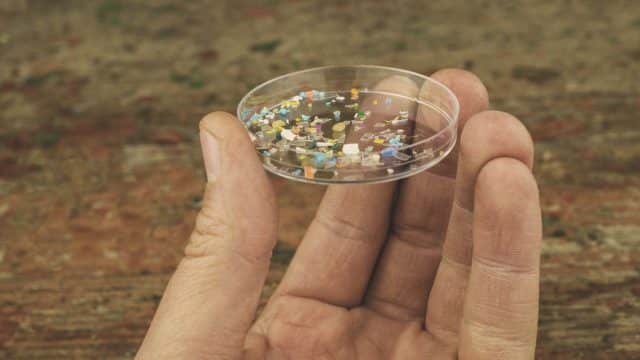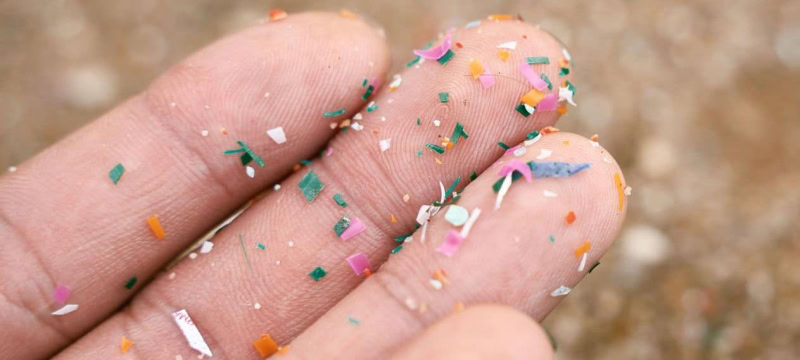A preprint study released in May 2024, which has yet to be peer-reviewed, reveals that human brain samples collected at autopsy this year contain more tiny plastic fragments compared to those from eight years ago.
Lead researcher Matthew Campen from the University of New Mexico reported that the concentration of plastic in the brain tissue of average-aged individuals (around 45 to 50 years old) was 4,800 micrograms per gram, about 50% higher than in samples from 2016. This means that, on average, the brain is now 99.5% brain tissue and 0.5% plastic.
Read more: Health Minister Reports that Cholera Outbreak in Sudan Claims at Least 22 Lives
However, the increase in plastic concentration indicates exposure but does not reveal if these particles cause brain damage, according to Phoebe Stapleton from Rutgers University. She emphasized the need for further research to determine if these particles interact with brain cells or contribute to disease.
The study found that brain samples had 7% to 30% more plastic fragments than those from kidneys and liver. Dr. Philip Landrigan, a pediatrician and biology professor, noted that while plastic contamination is widespread in various organs, including the heart and lungs, the science is still developing. He advised minimizing exposure to avoidable plastics, like bags and bottles, though some plastic use is unavoidable. The American Chemistry Council was contacted but did not respond before publication.
Nanoplastics ‘infiltrate’ the brain through unexpected pathways
For the study, researchers analyzed brain, kidney, and liver tissues from 92 individuals who underwent forensic autopsies in both 2016 and 2024. Brain samples were taken from the frontal cortex, an area critical for thinking and reasoning, and notably affected by conditions like frontotemporal dementia (FTD) and advanced Alzheimer’s disease.
Lead researcher Matthew Campen noted that the brain seems to attract the smallest nanoplastics, ranging from 100 to 200 nanometers, while larger particles, between one and five micrometers, are more likely to be found in the liver and kidneys. Microplastics can vary from less than 0.2 inch (5 millimeters) to just one nanometer in size, with nanoplastics being even smaller, measured in billionths of a meter.
Experts are concerned about nanoplastics due to their ability to infiltrate individual cells. Campen explained that these particles might cross the blood-brain barrier by hitching a ride with fats consumed in the diet, given that the brain, which is about 60% fat, is particularly prone to accumulating these particles.
Diet is a major exposure route for micro- and nanoplastics, according to Dr. Philip Landrigan, lead author of a March 2023 report from the Minderoo – Monaco Commission on Plastics and Human Health. This report highlights that plastics pose health risks throughout their lifecycle. Landrigan added that while ingestion is a primary route of exposure, inhalation also plays a significant role, as microplastics can become airborne from tire wear and ocean spray.
Plastics linked to cancer
Polyethylene, a common plastic used in bags, films, and bottles that does not biodegrade, was found in higher amounts in brain tissue compared to liver or kidney samples, according to the preprint. It was also the most prevalent polymer detected in both human and dog testicles, as noted in a study by Campen and his team in August 2024.
The production of various polyethylene forms, including polyethylene terephthalate (PET), significantly contributes to environmental contamination with the solvent 1,4-dioxane, which is known to be potentially carcinogenic. The US National Toxicity Program and the International Agency for Research on Cancer have flagged 1,4-dioxane as a possible human carcinogen, and a 2023 EPA draft report indicated it poses an “unreasonable risk of injury to health” to workers and residents exposed through contaminated drinking water from PET production.
Dr. Philip Landrigan highlighted that while the exact effects of these particles on human health are still not fully understood, microplastics and nanoplastics are likely harmful. They act as carriers for numerous chemicals, including endocrine disruptors like bisphenols, phthalates, flame retardants, and heavy metals, which can interfere with reproductive health and other bodily functions. He emphasized the need for protective measures given the evidence of harm.

Reduce your use of plastic
Experts suggest several ways to minimize exposure to plastics and reduce one’s plastic footprint.
“Although it’s challenging to avoid plastic-wrapped foods, make sure to remove the plastic before cooking or microwaving, as heating can accelerate the release of microplastics into your food,” advised Landrigan.
Consider using a zippered fabric bag for dry cleaning instead of the thin plastic covers, and bring your own travel mug for coffee and reusable silverware to cut down on disposable plastic items.
“Opt for cloth or paper bags for shopping instead of plastic ones, and avoid using plastic water bottles whenever possible,” Landrigan added.
A March 2024 study found that a liter of bottled water contained an average of 240,000 plastic particles, with 90% being nanoplastics.
“Use metal or glass cups instead of plastic ones, and store food in glass containers rather than plastic,” Landrigan recommended. “Also, advocate for local bans on plastic bags, as many communities have successfully implemented.”









